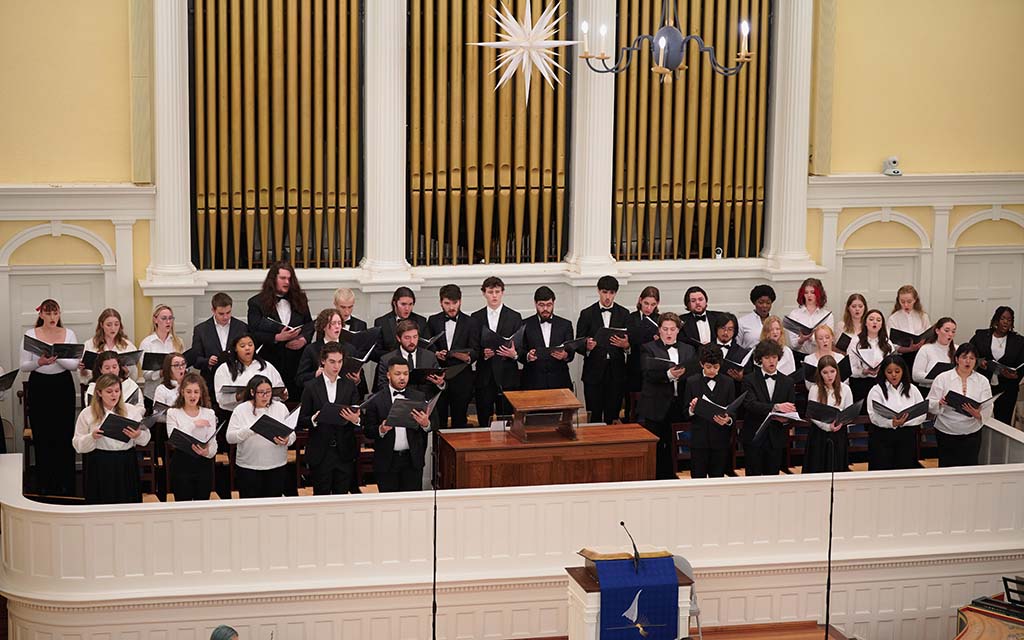Financial Data Portal
Financial Data Portal
In an effort to increase awareness, engagement and transparency for our campus community, the Financial Services team is pleased to unveil a Financial Data Portal.
This new tool is a result of one of the key actions included in the Institutional Sustainability core strategy of our 2022-27 Strategic Plan.
Our goal is to foster a common understanding of our institution's resources, how they are used, and ensure that anyone in our institution who wants or needs more information can access it.
Portal Information and Instructions
The Financial Data Portal presents the university’s budgeted revenues and expenses and actual revenues and expenses. Users can interactively view information by division/department/activity, and by various sources, as well as view historical data and past trends.
The Financial Data Portal can be accessed at the link below. Employees can use Single Sign On to access the tool.
The Financial Data Portal currently reflects recently audited fiscal years of the university. We will also be adding comparative data with other UNC System entities, the All Funds Budget, and UNCSA funding decisions. The portal shows general operating funds from the state and institutional trust funds (ITF), but not capital improvement (generally, construction) funds. The UNCSA Foundation is a separate legal entity established to support the university and is not included in this portal. The Thomas S. Kenan Institute of the Arts is a component unit of the university and is included in this portal.
Instructions on how to navigate the dashboard are linked on the portal. Specifically, you will find:
- Labels in blue on the portal are clickable links.
- Definitions of fund types and sources of revenues and expenses are linked.
- The portal includes budgeted revenues and expenses for past fiscal years. These revenues and expenses can be viewed by type (state and institutional trust funds) and by division.
- The portal includes actual revenues and expenses for each of the past fiscal years. These revenues and expenses can be viewed by type and by division.
- The portal drills down to the account level (for example, salaries and not positions). The business officers within each division/department have access to positions so they can effectively manage their department’s budget.
- Some items are multiyear. For example, revenue for a grant may be received in one year but we may have four years to spend the grant funds. So, the revenue will be reflected in Year One, but the expenses will be reflected in years One, Two, Three and Four. Another example of a multiyear item is some of our repair and renovation projects.
In addition to grants and repair and renovation projects, the excess revenue in a particular fiscal year is associated with the institutional trust funds. These funds are restricted in their purpose, such as arts school fees, housing fees, educational and technology fees, health fees, etc. The excess institutional trust fund revenue in a particular year carries forward to future years for planned expenses. For example, excess housing fee revenue is maintained to ensure the payment of bond principal and interest payments used to construct residence halls.





